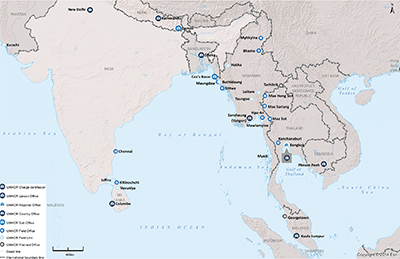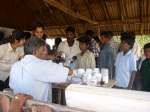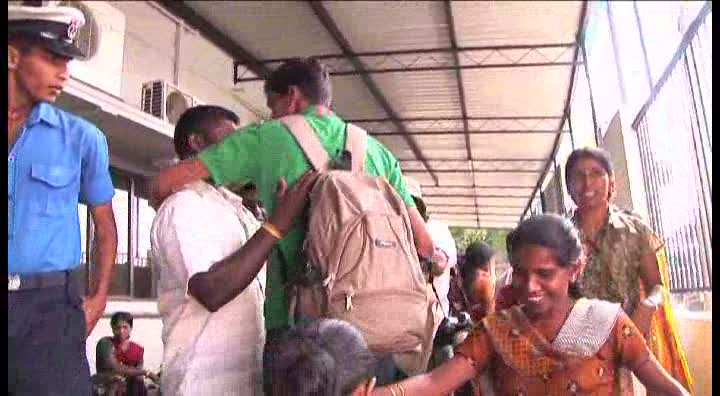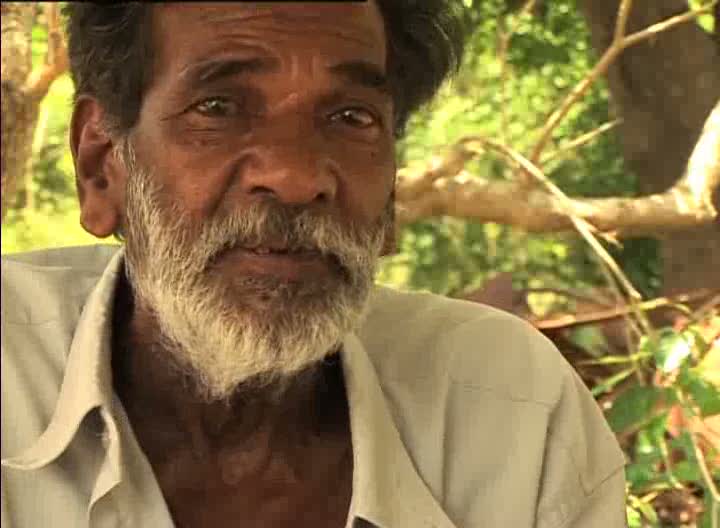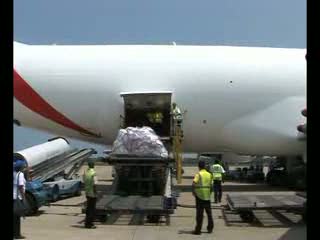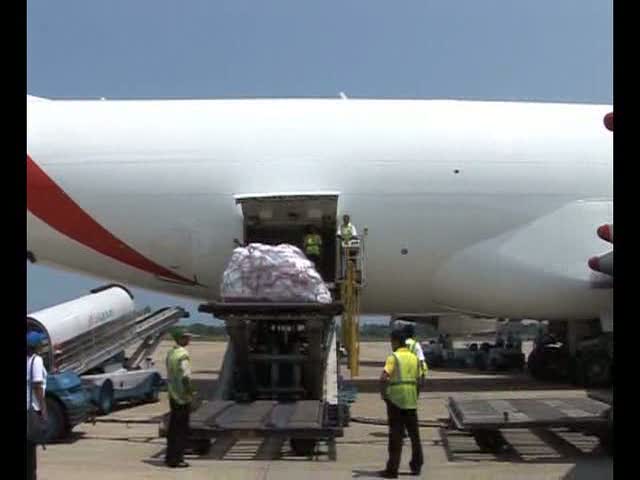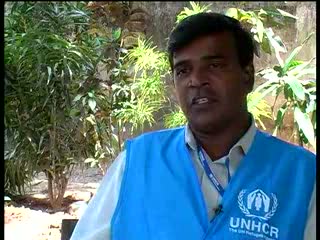Home > Where We Work > Asia and the Pacific > South Asia > Sri Lanka
2015 UNHCR subregional operations profile - South Asia
| Overview |
India, Nepal and Sri Lanka offer asylum to a considerable number of refugees, although they are not signatories of the 1951 Refugee Convention. UNHCR cooperates with the Governments of these countries, as well as with NGOs and other stakeholders, to protect, assist and find durable solutions for refugees and other people of concern.
The main populations of concern to UNHCR in the subregion include more than 200,000 refugees and asylum-seekers of various origins living in India (of whom some 30,000 are registered with UNHCR); nearly 40,000 refugees and asylum-seekers in Nepal (of whom some 25,000 refugees from Bhutan live in two camps); and nearly 2,400 refugees and asylum-seekers, 10,000 returnees, and 30,000 IDPs in Sri Lanka.
All three countries have seen a growing number of people seeking asylum, and this trend is likely to continue in 2015. In the absence of national asylum legislation, UNHCR conducts registration and refugee status determination (RSD), and facilitates the resettlement of vulnerable groups. However, the processing of resettlement submissions for refugees from Bhutan in Nepal is becoming labour-intensive, a situation that is expected to increase as more complex cases are considered. Similarly, the substantial increase in asylum applications in Sri Lanka in 2013-2014 has challenged UNHCR's capacity to conduct RSD and to process cases for resettlement.
Sustainable livelihoods, reliable community-support networks, and access to specialized services for people with special needs, are some of the main challenges faced by refugees in the three countries. In India, poverty is a key challenge for the majority of refugees and asylum-seekers, who may face discrimination from local communities with little understanding of refugee issues. The quality of public health and education in Nepal's camps has been adversely affected by the departure of skilled refugee workers, who were resettled. Meanwhile, in Sri Lanka, refugees, the internally displaced and refugee returnees struggle to meet their basic needs, and the lack of a comprehensive national policy on land rights has had an adverse impact on the sustainability of return. More recently, national security concerns have led to the shrinking of asylum space in Sri Lanka, with the detention of refugees and asylum-seekers, as well as instances of refoulement.
While the three Governments have adopted various approaches to deal with the different refugee populations in their countries, UNHCR fills the gaps in terms of protection, assistance and durable solutions. It focuses on the most vulnerable, including women, children, the elderly, survivors of sexual and gender-based violence, and those with special needs. It also advocates adopting national refugee frameworks and accession to international refugee instruments.
Through stronger partnerships with the various Governments, UNHCR aims to enhance asylum space, including by: identifying opportunities for local integration; improving livelihoods for urban refugees; ensuring the smooth voluntary return of refugees from India to Sri Lanka, and possibly Myanmar; identifying other durable solutions for refugees from Bhutan; supporting a sustainable return for those internally displaced in Sri Lanka, something that is expected to be facilitated by access to land in the north; and ensuring the expeditious resettlement of vulnerable refugees, for whom voluntary return to their countries or local integration is not possible.
In 2015,UNHCR will continue to advocate for a favourable protection environment in South Asia, including freedom from arbitrary detention and refoulement. It will support national capacity-building efforts of the three Governments by training border and other law enforcement authorities, judiciary, lawyers, media, and local NGOs. The Office will work closely with refugee communities to enhance their self-protection and self-assistance capabilities, until a durable solution can be achieved for groups and individuals of concern to UNHCR.
| Response and implementation |
In India, UNHCR will continue to build on the positive understanding it has with the Government regarding refugee issues. It will review opportunities to: incrementally provide direct refugee protection; share biometric data; run regular training sessions on RSD processes; and include particularly vulnerable refugees in government social welfare schemes. The Office will continue to expand its outreach to the Indian public and engage more prominently with new civil society actors, in order to increase refugee access to urban support mechanisms.
In Nepal, the Office will continue the resettlement of refugees from Bhutan and, in close cooperation with other concerned Governments, search for other durable solutions for families remaining in camps. It will continue to advocate a simpler visa-waiver process for urban refugees who are accepted for resettlement and ways to assure the safe transit of Tibetans to India. UNHCR will also seek the issuance of documentation for the long-staying Tibetan population.
In Sri Lanka, UNHCR will enhance its capacity to conduct RSD and resettlement submissions, as the only durable solution available to refugees. It will seek access to all asylum-seekers and effective protection for them by the Government. The Office will also facilitate the voluntary return of Sri Lankan refugees and those internally displaced, in safety and dignity, and will assist them to reintegrate through community mobilization projects. While phasing out its programme for IDPs in 2015, UNHCR will liaise with other actors to help ensure a smooth handover.
| Financial information |
UNHCR's overall financial requirements for South Asia have gradually decreased during the past five years, with the 2015 budget set at USD 36.2 million. This trend reflects the downscaling of IDP-related activities in Sri Lanka and the decreasing number of refugees in Nepal's camps. However, Sri Lanka requires resources to ensure protection and basic assistance with increasing numbers of asylum-seekers; Nepal needs resources to sustain the group resettlement programme that is dealing with more complex cases than in the past. Meanwhile, the financial requirements for India have grown, in accordance with the rising number of refugees living in the country's urban areas.
| UNHCR 2015 budgets for South Asia (USD) | ||||||
|---|---|---|---|---|---|---|
| Operation | 2014 Revised budget (as of 30 June 2014) |
2015 | ||||
| Refugee programme PILLAR 1 |
Stateless programme PILLAR 2 |
Reintegration projects PILLAR 3 |
IDP projects PILLAR 4 |
Total | ||
| Total | 38,207,233 | 30,979,116 | 2,015,723 | 2,523,477 | 652,398 | 36,170,713 |
| India | 13,638,075 | 14,492,301 | 101,898 | 0 | 0 | 14,594,199 |
| Nepal | 15,440,453 | 9,596,550 | 1,794,026 | 2,523,477 | 0 | 13,914,052 |
| Sri Lanka | 9,128,705 | 6,890,265 | 119,799 | 0 | 652,398 | 7,662,461 |
Source: UNHCR Global Appeal 2015 Update

